Acetylation-dependent regulation of PD-L1 nuclear translocation dictates the efficacy of anti-PD-1 immunotherapy
- PMID: 32839551
- PMCID: PMC7484128
- DOI: 10.1038/s41556-020-0562-4
Acetylation-dependent regulation of PD-L1 nuclear translocation dictates the efficacy of anti-PD-1 immunotherapy
Abstract
Immunotherapies that target programmed cell death protein 1 (PD-1) and its ligand PD-L1 as well as cytotoxic T-lymphocyte-associated protein 4 (CTLA4) have shown impressive clinical outcomes for multiple tumours. However, only a subset of patients achieves durable responses, suggesting that the mechanisms of the immune checkpoint pathways are not completely understood. Here, we report that PD-L1 translocates from the plasma membrane into the nucleus through interactions with components of the endocytosis and nucleocytoplasmic transport pathways, regulated by p300-mediated acetylation and HDAC2-dependent deacetylation of PD-L1. Moreover, PD-L1 deficiency leads to compromised expression of multiple immune-response-related genes. Genetically or pharmacologically modulating PD-L1 acetylation blocks its nuclear translocation, reprograms the expression of immune-response-related genes and, as a consequence, enhances the anti-tumour response to PD-1 blockade. Thus, our results reveal an acetylation-dependent regulation of PD-L1 nuclear localization that governs immune-response gene expression, and thereby advocate targeting PD-L1 translocation to enhance the efficacy of PD-1/PD-L1 blockade.
Conflict of interest statement
Competing interests
G.J.F. has patents/pending royalties on the PD-1 pathway from Roche, Merck, Bristol-Myers-Squibb, EMD-Serono, Boehringer-Ingelheim, AstraZeneca, Leica, Mayo Clinic, Dako and Novartis. G.J.F. has served on advisory boards for Roche, Bristol-Myers-Squibb, Xios, Origimed, Triursus, iTeos, NextPoint, IgM, and Jubilant. P.S. has been a consultant at Novartis, Genovis, Guidepoint, The Planning Shop, ORIC Pharmaceuticals, Syros and Exo Therapeutics; his laboratory receives research funding from Novartis. W.W. is a co-founder and consultant for the ReKindle Therapeutics. Other authors declare no competing financial interests.
Figures
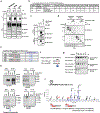


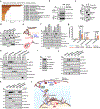
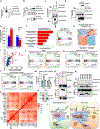
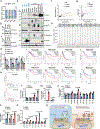
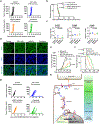
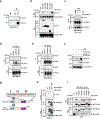
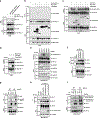
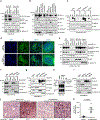




Comment in
-
The hidden side of PD-L1.Nat Cell Biol. 2020 Sep;22(9):1031-1032. doi: 10.1038/s41556-020-0568-y. Nat Cell Biol. 2020. PMID: 32839550 No abstract available.
References
Publication types
MeSH terms
Substances
Grants and funding
LinkOut - more resources
Full Text Sources
Other Literature Sources
Medical
Molecular Biology Databases
Research Materials
Miscellaneous

